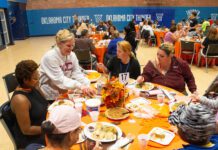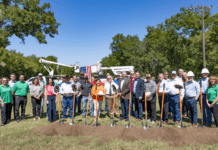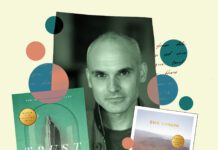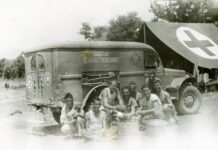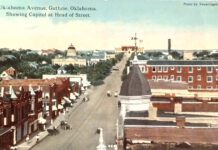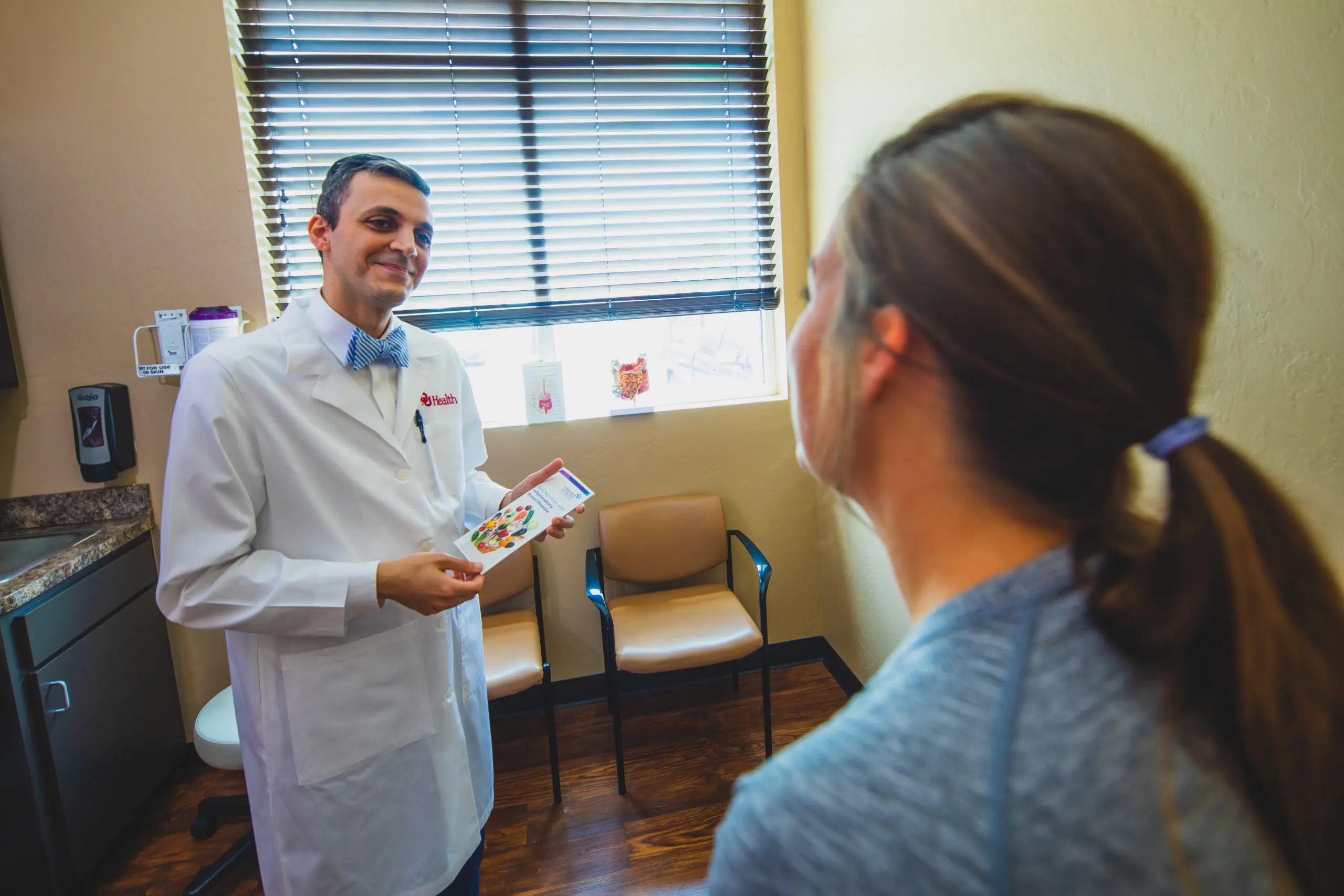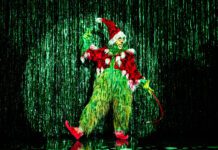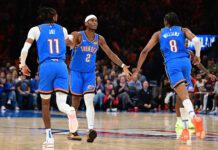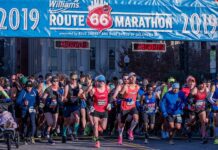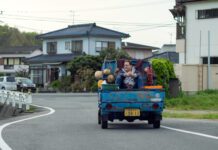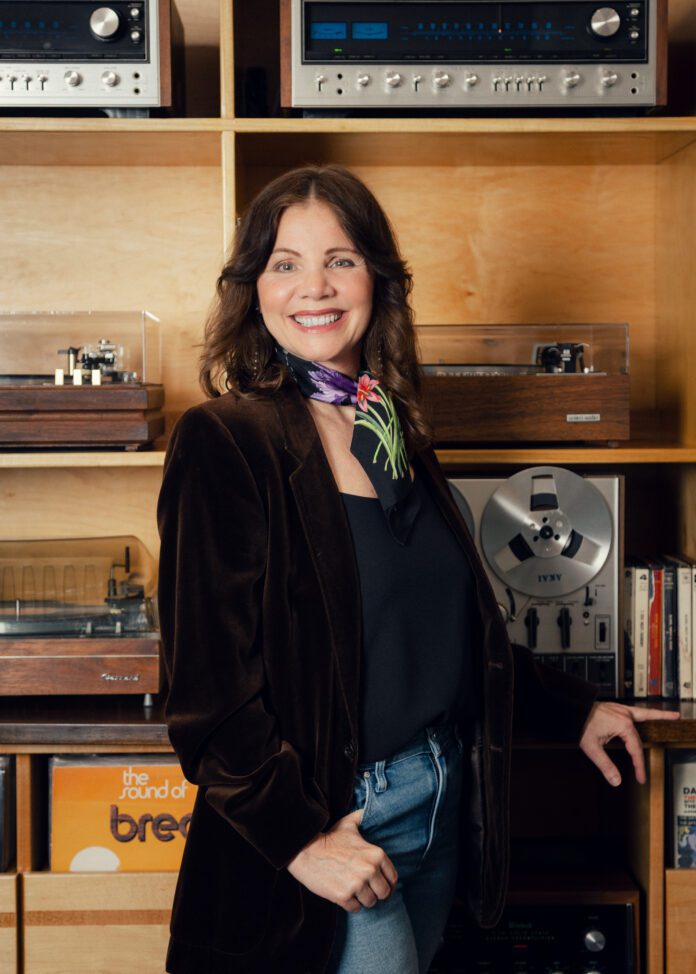As I’ve written in this space before, it’s generally a fool’s errand to try and pin down just exactly when something began. What usually happens is that just after your research leads you to a good starting place, you run onto a hitherto unknown fact that jumps up and kicks a hole in it.
I mention this because Teresa Knox tells me she first began putting together her new book, Sanctuary of Sound, during January of this year. But, really, its origin story stretches back decades, to the mid-’70s, when she was a youngster growing up under challenging circumstances in Tulsa.
“I was eight when I bought a Slurpee from 7-Eleven, and there on the cup was Leon Russell – someone from my hometown,” she recalls. “At the time, 7-Eleven was doing a series of cups with rock and pop stars, and to have someone from Tulsa, Oklahoma, on there was really cool. It was inspiring.”
On that very day, Knox believes, she became a collector of Leon Russell and related Tulsa rock ‘n’ roll memorabilia. Which led to her, many years later, buying Russell’s former studio, fully restoring its capacity as a live-music and recording venue, and turning it into a bona fide tourist attraction. From there came Sanctuary of Sound, a massive, seven-lb.-plus collection of words and images about the building — the latest manifestation of the inspiration sparked within her eight-year-old self by the Russell Slurpee cup all those years ago.
And, as has been the case with a lot of other collectors, she realized early on that her collecting interests were something she had some control over, even in the midst of financial and other familial challenges.
“I had a little radio where I slept, and I remember when a deejay would say, ‘And now, from Tulsa, Oklahoma,” introducing a new record, and, I don’t know, I just got into it all. I couldn’t control my circumstances, my environment, the adults that were around me, but this was something I could control and something I could be proud of. So I just started collecting anything [about Tulsa rock ‘n’ rollers] I could get my hands on.
“I dedicated the book to my brother Larry, who unfortunately passed away a few years ago,” she adds. “He was 18 years older than me and almost like a father. He taught me to read music and play instruments, and he’d tell me about all these artists – J.J. Cale, Leon Russell, Jim Keltner. And I’d be like, ‘Wow. People from Oklahoma, like us, are famous?’”
However, while she sought out material on all those Okie artists, Russell began as and remained her top priority.
“He was the one who was really . . . interesting, you know?” she says with a laugh. “And the more I looked around – at garage sales, thrift stores, people’s houses – the more Leon stuff I found.”
Knox went on to become a dental technician. Then, divorced and a single mother at 21, she started adding other jobs to support her family. One of those extra gigs fit right into her love for Tulsa music and the people who made it.
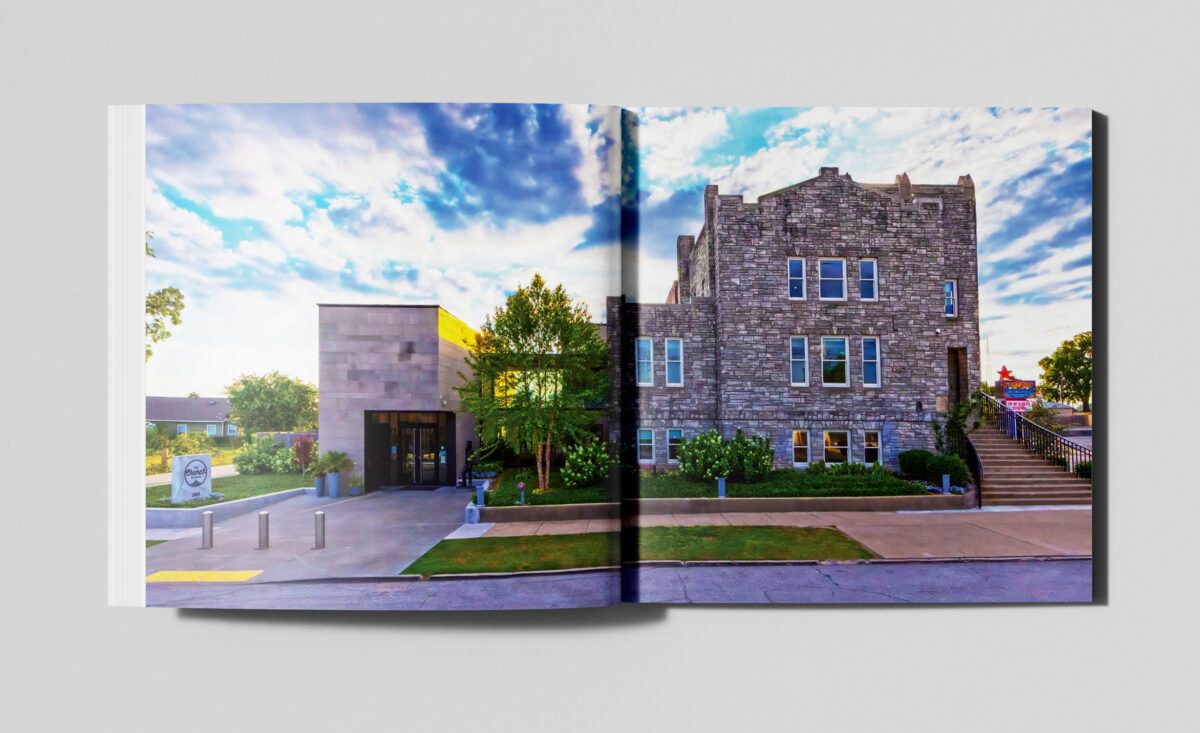
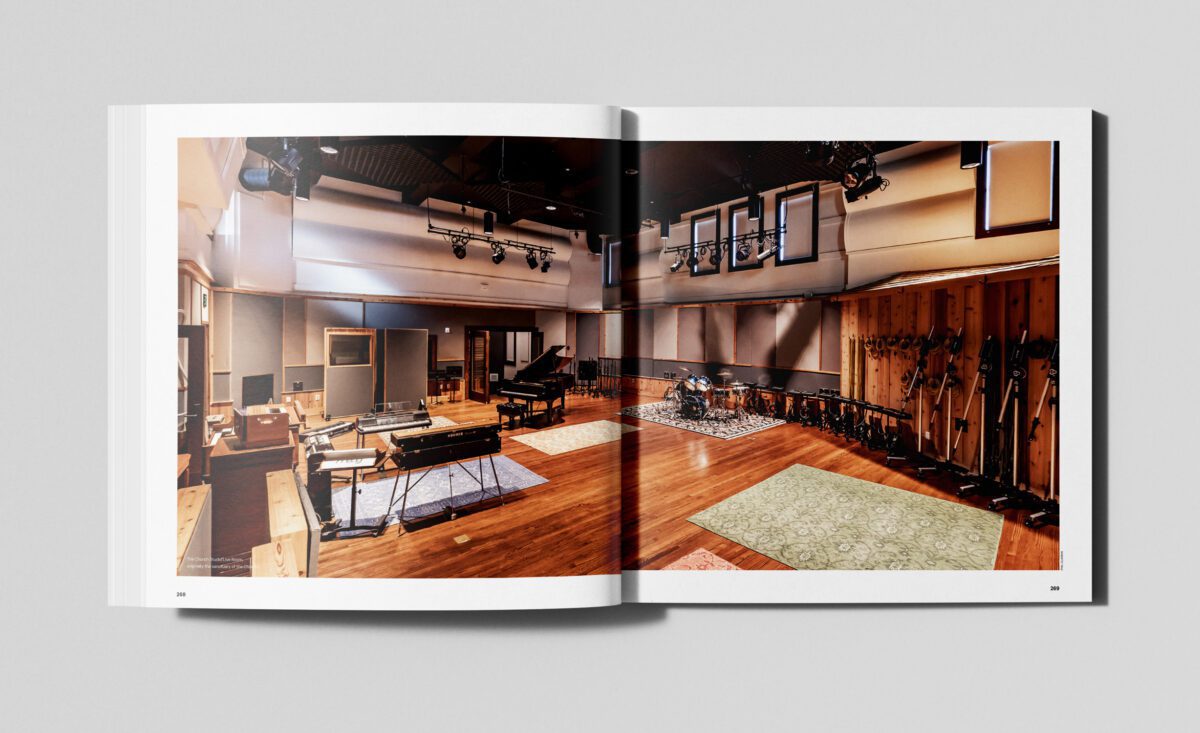
“I was so enamored of the music industry that I got a job at a club on Peoria called the Sunset Grill,” she explains. “That’s where I met [Jimmy] Markham, [Tom] Tripplehorn, [David] Teegarden. I met Bill Davis, Bill Snow. I met Jamie Oldaker. Dwight Twilley even came through there. He was not living in Tulsa at the time, but he was in town and he’d sit in with the Mystery Band.
“I didn’t have a super-close relationship with any of them. I was just the waitress who’d serve them drinks and that sort of thing. Then, a couple of years after that, I started a business, and while I continued to collect [Tulsa music memorabilia], I really was busy. I didn’t reconnect with any of those musicians until a decade ago, when I bought the Church Studio, and David Teegarden came by. I asked him, ‘Do you remember me?’ Jamie came by, too, and they reintroduced themselves. So we reconnected, and it was really amazing. It’s kind of weird that a little job I had way back when gave me more street cred than my 30-year career in higher education and the other businesses that I started.”
An involvement in renovating classic Tulsa buildings – along with a conversation she had with her brother Larry – led her to the Church, which she ended up buying sight-unseen from its then-owner, Randy Miller. He initially told her, she says, the building wasn’t for sale but that he was looking for a partner.
However, notes Knox, “I couldn’t see myself sharing that with anyone.” So she continued to negotiate for full ownership.
“I got almost obsessive about it,” she admits with a chuckle. “About what it could be, and cleaning it up and doing something to really honor the legacy of Leon and [Shelter Records founder] Denny Cordell, and what transpired in the ’70s.”
Finally, on August 25, 2016, as the new owner of the Church Studio, Teresa Knox walked through its weathered doors for the first time. In her introduction to Sanctuary of Sound, she describes the goosebump-inducing moment: “It wasn’t just the musty smell, the breezy air, or the old wood finishes. I felt this peculiar mix of comfort and curiosity. I knew this place had lived a hundred years of history. It held joy, sorrow, sound, and silence. Its walls remembered what time has forgotten. It moved me, and it made me want to understand everything that had come before.”
And “everything” is exactly what she tackles in Sanctuary of Sound, beginning with the building’s construction as an actual Methodist church in the 1910s, and going forward into the present, a journey propelled by both words and pictures. As might be imagined, the Russell years are spotlighted, with Knox sharing photos of much of the memorabilia she’s collected over the years. There’s also a nice section covering the time when Steve Ripley – Leon’s former engineer, among other things – and his group the Tractors, which initially included such internationally known, Tulsa-based heavyweights as pianist Walt Richmond, bassist Casey Van Beek, guitarist Ron Getman, and drummer Oldaker, used the Church to record their eponymous 1994 debut disc, a multiplatinum effort that remains the bestselling record ever to come out of Tulsa. During his 18 years at the helm of the studio, Ripley produced, engineered, and recorded an impressive array of acts, including but hardly limited to the Tractors.
There’s also a section devoted to the Church’s little-known life as a Christian-music studio throughout much of the ’80s, as well as other phases in its long history. But, again, the focus is on the Russell period, which saw him and his Shelter Records partner Cordell bring through a wild lineup of rock superstars, top Tulsa talent and acts in between. It was a time when, as I’ve written before, Russell triumphantly returned from the West Coast and sprinkled stardust over his hometown.
Knox notes in the book that music was a part of the Church from the very beginning, as was a sense of, well, sanctuary, the liberating feeling of a safe place to, at first, worship, and later to create. Even the Church-affiliated label’s name, Shelter Records, indicated an environment where artists could work without being second-guessed by executives in the sound booth.
“When I did this book, I wanted to establish the legacy of Leon and Shelter Records in Tulsa, Oklahoma,” she says. “It was very short-lived, ’72 to ’76, but it was very important. And I really wanted people to know that a building can be more than brick and mortar. It can be this living sanctuary where the history and the musical art come together for the community.
“The building is really the star of this book,” she adds. “I think the power of that place is an important takeaway.”
Sanctuary of Sound is available for $59.00 from schoolofhardknox.com and at the Church Studio gift shop.


